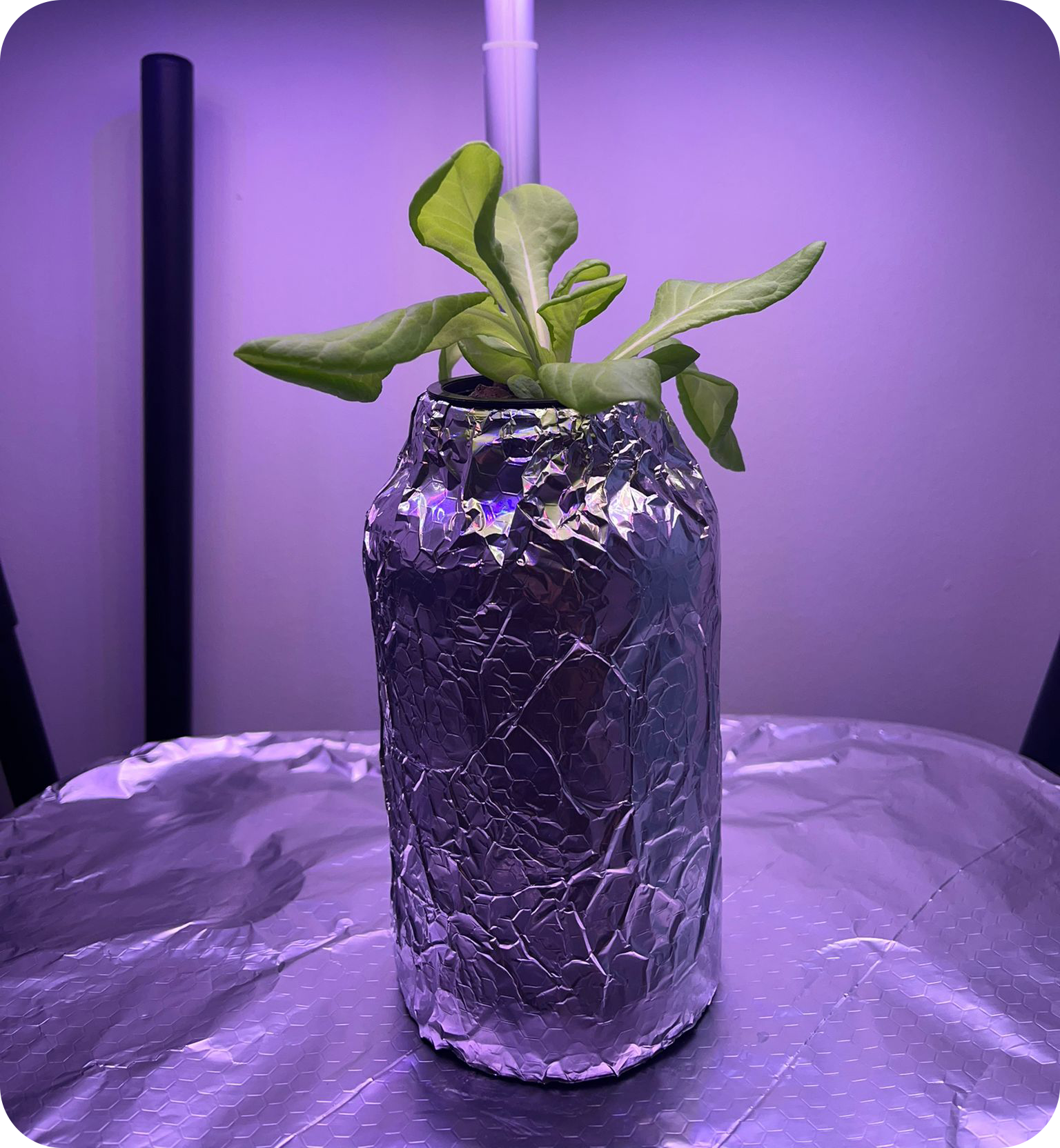Hydroponic Systems
- Home
- Hydroponic Systems

This is where you will learn all about the technical side of hydroponics. Don't worry it's only as technical as you want it to be! From pipes to plants, there are a number of different variations and combinations with hydroponics and each have their benefits and drawbacks depending on the environment and what you want to grow.
So have a read and explore some of the different hydroponic systems out there, decide what kind of grower you are or might like to be, and experiment with whatever you can. Remember, mistakes are not catastrophes, they are data that we can use to improve and grow.
What is a hydroponic system?
Short answer:
The method you use to grow your plants
💡
Different Types of Hydroponic Systems
(click below to find out more)
Which System should you start with? 🤷
If you are starting our as an absolute beginner I would recommend looking at deep water culture first, specifically the Kratky method. The main reason being that it will teach you the basic fundamentals of hydroponics while also requiring the fewest pieces of equipment.
It's the first method I ever tried and I always recommend it to new rowers because they likely have everything the need in their house already and they can also see progress quickly too!
Now are you going feed yourself and your entirely family on a single Kratky system alone? Probably not. But you will be interacting with all the core elements of hydroponics, all of which you will need when experimenting with other systems.
Below is an example of what you can expect your first attempt at hydroponics to look like. When this lettuce plant first emerged from the foil covered jar that its sitting in, it was so satisfying knowing that it was achieved with no soil and basic household items.

If you think that you would rather try something more complex and experiment with one of the other hydroponic systems first, that's also totally fine. Just remember you can always come back to basics if you get lost or confused.
In terms of which plants to start with, I would highly recommend leafy greens like lettuce or basil. They grow quickly and are very cheap. This way you can see results and get an understanding of the key processes involved both with hydroponics and plant growth in general. You also don't have to worry about different light or nutrient conditions which would be required if your plant were to start bearing fruit.
Speaking of nutrients, you will ultimately need to introduce nutrients into your water with any hydroponic system but for initial experimentation using kratky its totally possible to see leafy green growth without any added nutrients.
Where should I put my system? 🤔
You can technically put your hydroponic system anywhere. Because you don't need soil, you have no limitations other than space. That said, there are a few caveats...
Plants need light in order to perform photosynthesis, this is vital process for plant life. So you do need to put your system somewhere where there is access to light. Fortunately this doesn't need to be sunlight, you can use artificial light (and many hydroponic growers do). Therefore you are able to bring the light to your system in the for of grow lights.

The system you see above is one of my own set up in a small office room at my house. While there was a small window in this room the harvested lettuce you see here was grown completely using artificial LED grow lights.
When deciding where to place your system it's also worth considering if you can easily access water, or if water spillage will be an issue in that area. For example with the above system it was positioned in a room with carpets which is a terrible idea when working with water. However I was able to add a large spill try beneath it to help alleviate any potential issues caused by spills.
In terms of water access for this system, the room itself had no taps but I was able to fill a large tank with water that was constantly recirculated through the system, but for many setups having a tap near by always saves a lot of hassle.
On that note it's worth mentioning that many hydroponic systems recirculate or reuse water. It's one of the main benefits of growing hydroponically over traditional soil based methods, often using 90% less water!
You can of course grow hydroponically outdoors too, but you sort of have the reverse issue that you have with soil based plants where you need to protect your hydroponic system from rain water. This would be to prevent contamination. When growing hydroponically think scientific, think clinical, think clean. You want to have full control over everything for the perfect grow, and you want to reduce any external unwanted factors.
